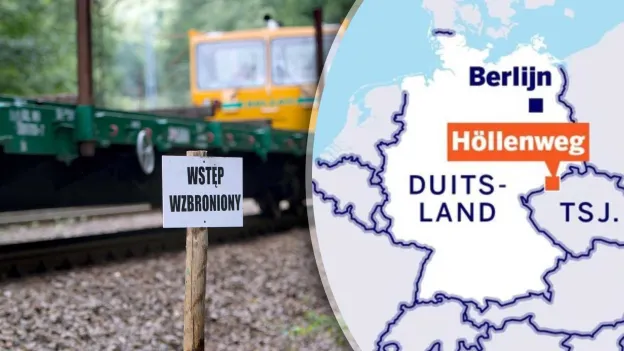Austrian Reveals: Nazi Loot Hidden in Secret Mine Near Border, But Authorities Halt Investigation

3
World
November 26, 2024 11:50
deutschkatharinenberg, ore mountains, germany - An Austrian man claims to have found a secret mine containing Nazi loot, but his mining permit has been revoked by local authorities, raising questions about the truth behind his discovery.
An Austrian man in his seventies has revealed the location of a secret mine, believed to house Nazi loot stolen from Hungarian Jews during World War II, but his efforts to uncover the treasure have been thwarted by local authorities.
The man, who conducted extensive research over many years, identified a forested area near Deutschkatharinenberg in the Ore Mountains, on the border between the German state of Saxony and the Czech Republic. According to his findings, there is an unregistered mine at a depth of 35 meters, which was converted by SS members into an underground depot.
The mine is said to contain stolen artwork, including paintings by Baron Ferenc Hatvany, a Hungarian art collector of Jewish descent. Hatvany's collection, which included works by famous artists such as Monet, Degas, and Cézanne, went missing during the war and has never been recovered.
Despite the potential significance of the discovery, the Austrian man's mining permit has been revoked by local authorities. The reason given was the presence of a Neolithic tool in the area, turning it into an archaeological site unsuitable for mining activities.
The man insists that his motive is not financial gain but rather to bring closure to the victims of Nazi persecution. He has sought the help of renowned professor Wolfgang Neubauer to verify the mine's existence, but whether further investigations will be allowed remains uncertain.
This case is part of a broader trend of treasure hunts for Nazi loot, with searches still ongoing decades after the end of World War II. Despite the risks involved, individuals continue to pursue these elusive treasures, driven by a desire to uncover historical injustices.